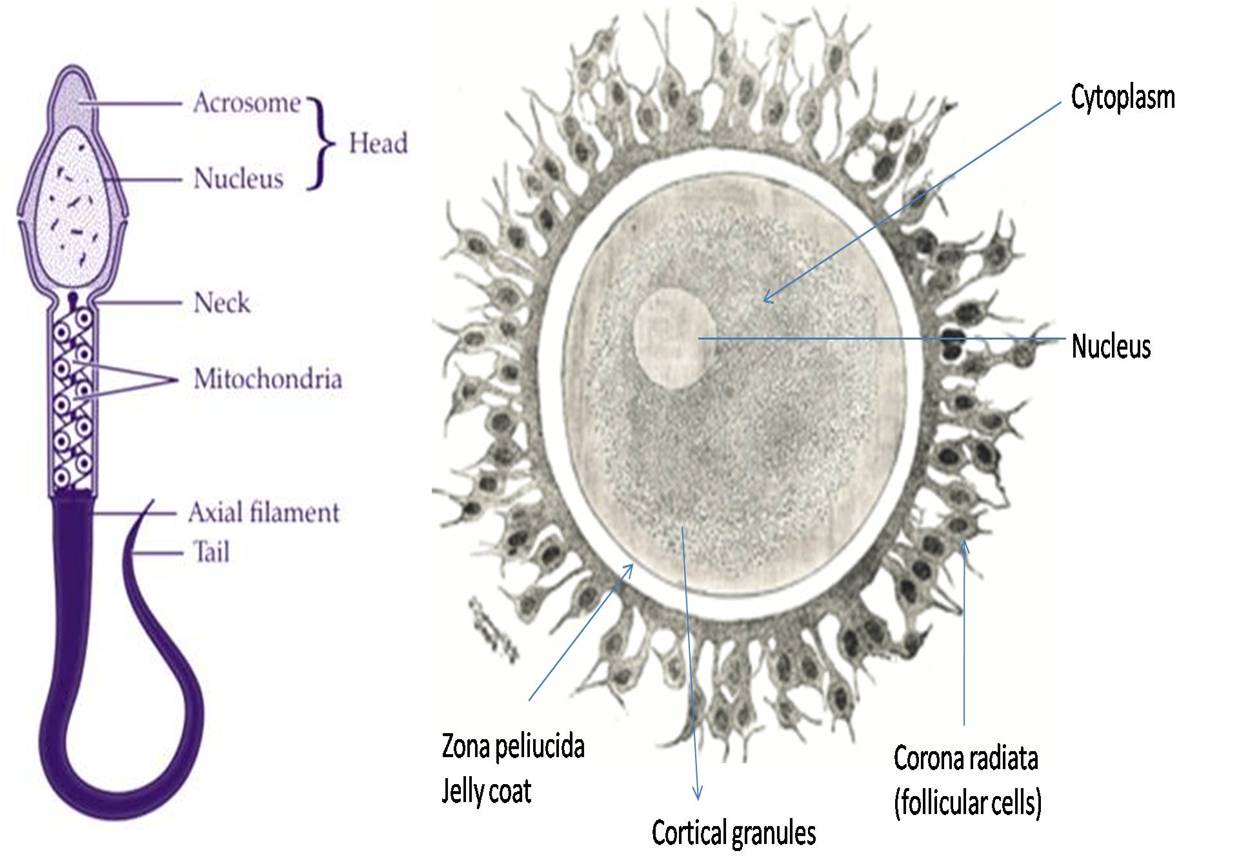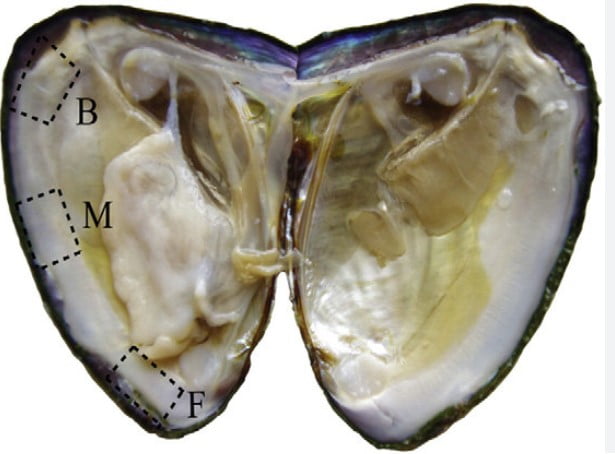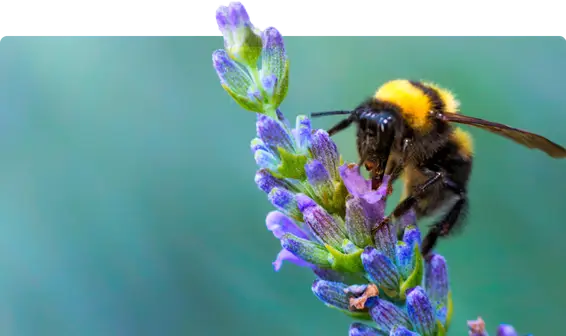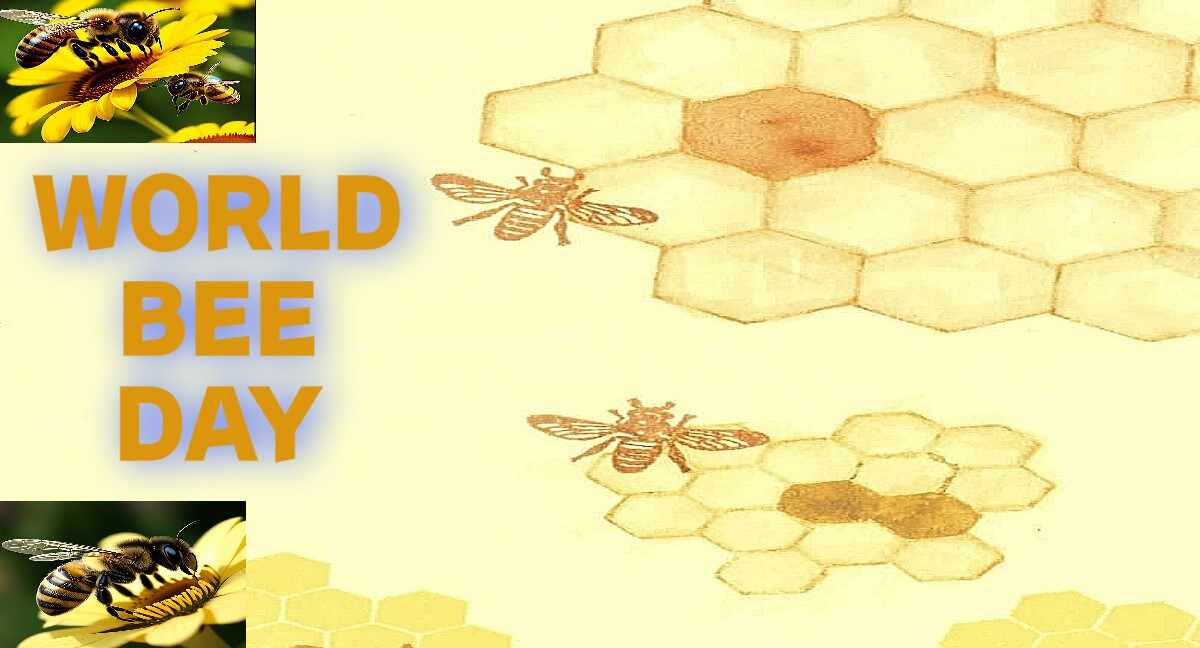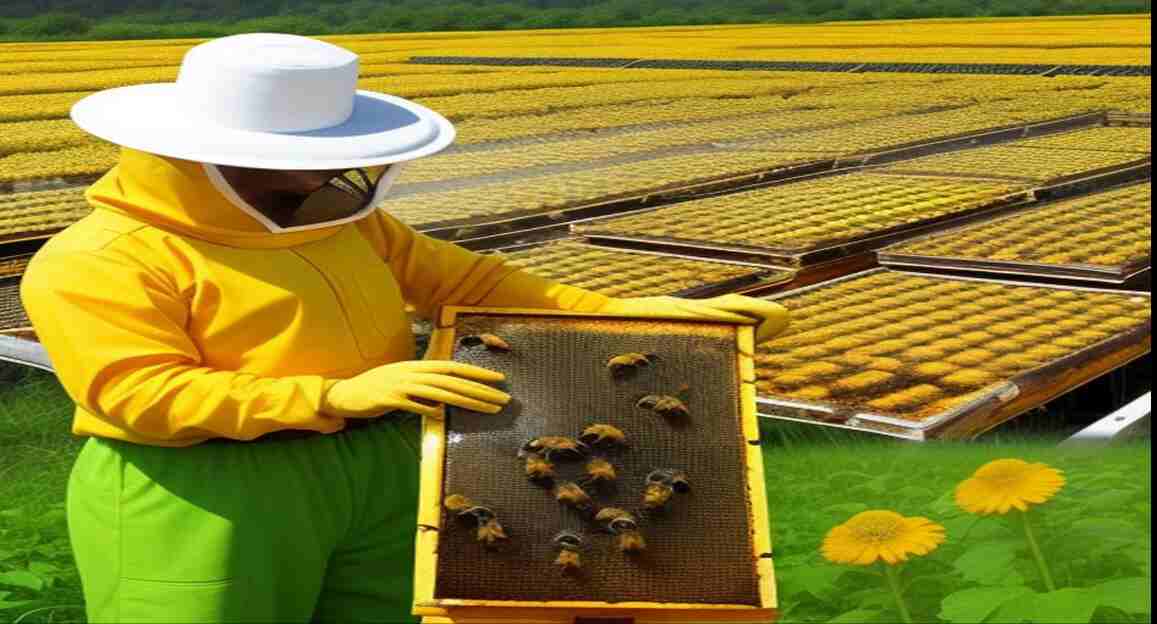Honey bee Species and subspecies: Honey bees are flying insects that belong to the genus Apis, which has eight recognized species and 43 subspecies. The most common and widely distributed species is the western honey bee (Apis mellifera), which has about 24 subspecies adapted to different regions and climates around the world. Each subspecies may have unique characteristics, such as behavior, appearance, and honey production.
The important to know difference between a species and subspecies. Species are reproductively isolated from each other and these cannot interbreed where as subspecies are geographically isolated and can interbreed. ‘Honey bee Species and subspecies’
Honey bee Species and subspecies
Among the two domestic bee species, each has many subspecies in different parts of the world e.g. Apis cerana has three subspecies in India:
- A. cerana cerana in Himachal Pradesh and Jammu and Kashmir (North India): Native to Southeast Asia, the Eastern honey bee is smaller and more defensive than its Western counterpart. They excel in tropical climates and are adept at building hives in trees and cliffs. ‘Honey bee Species and subspecies’
- A. cerana indica in Kerala, Tamilnadu and Karnataka. (South India)
- A. cerana himalaya in Nagaland, Manipur, Mizoram, Assam and Meghalaya. (Eastern parts of India)
In addition to above three subspecies, A. cerana japonica has been identified from Japan. A. mellifera has many subspecies which can be placed under three groups:
- Eastern subspecies
- European subspecies
- African subspecies
Eastern subspecies:
- Apis mellifera remipes (in Iran)
- A. mellifera syriaca (in Syria, Israel and Lebanon)
These subspecies are not suitable for modern beekeeping
European subspecies:
- A. mellifera mellifera (Dark Dutch or German bee): This is the native subspecies of northern and western Europe, where it has adapted to cold and humid conditions. It has a black or dark brown color and a robust body. It is also known as the German black bee or the English black bee
- A. mellifera carnica (Carniolan bee; in Southern Austria): This is another favored subspecies for beekeeping, as it is calm, adaptable, and efficient. It has a dark gray or brown color and a slender body. It originated in the Balkans and has spread to other parts of Europe and North America
- A. mellifera ligustica (Italian bee; Italy): This is the most popular subspecies for beekeeping, as it is gentle, productive, and resistant to diseases. It has a yellowish-brown color and a long abdomen. It originated in Italy and has been introduced to many other countries
- A. mellifera caucasica (Caucasican bee; USSR): This subspecies is native to the Caucasus mountains, where it has developed a long tongue to access the nectar of deep flowers. It has a gray or silver color and a hairy body. It is gentle and productive, but prone to robbing and propolis production. ‘Honey bee Species and subspecies’
African subspecies:
Some of the important subspecies are:
- A. mellifera intermissa (Tellian bee; Morocco and Lybia)
- A. mellifera lamarckii (Egyptian bee; restricted to the Nile Valley)
- A. mellifera capensis (Cape bee; the only bee which can rear queen from eggs laid by workers ‘Honey bee Species and subspecies’
- A. mellifera adansonii (African bee; also known as killer bee): This subspecies is a hybrid of the western honey bee and the African honey bee (A. m. adansonii), which was accidentally introduced to Brazil in the 1950s and has since spread to other parts of the Americas. It has a similar appearance to the European honey bee, but is more aggressive, defensive, and swarming. It is also known as the killer bee or the Brazilian bee. ‘Honey bee Species and subspecies’
In India, all the four bee species are found. A. mellifera is an exotic bee which was introduced in India for the first time successfully in 1962 at Nagrota Bagwan, Himachal Pradesh. Honey yield from this species from stationary bee keeping varies from 10-15 kg/colony but through migration yield increases to 45-60 kg/colony. One bee keeper in Himachal has extracted as much as 110kg honey from a single colony of A. mellifera which is indicative of its potentials.
Other species found in different parts of the world:
In addition to the four Apis honey bee species, more species have been reported from some parts of the World. ‘Honey bee Species and subspecies’
- Apis laboriosa(from Bhutan, Yunnan and Nepal)
- A. breviligula(from Philippines)
- A. binghami (from Sulawesi) Above three species resemble A. dorsata and are wild
- A. andreniformis(from China) It resembles A. florea.
- A. koschevnikovi(from Malaysia)
- A. nuluensis(from Malaysia, Indonesia)
- A. nigrocincta (from Indonesia).
These three species (v – vii) resemble A. cerana.
Stingless honey bees:
In addition to honey bees of genus Apis, stingless honey bees also provide honey which are:
- Melipona
- Trigona
These bees are also domesticated, but produce little amount of honey.
 |
| Different Species and subspecies of hive bees :Apiculture |
Pollen bees:
All the honey bee species are good pollinators besides being honey producers. In addition to these, there are more than 20000 species of other bees which help in pollination. It should be clear that all bees are not honey bees. Batra (1992) has even separated non Apis bees in a separate group of ‘pollen bees’ that includes all bees except honey bees which help in pollination. ‘Honey bee Species and subspecies’

